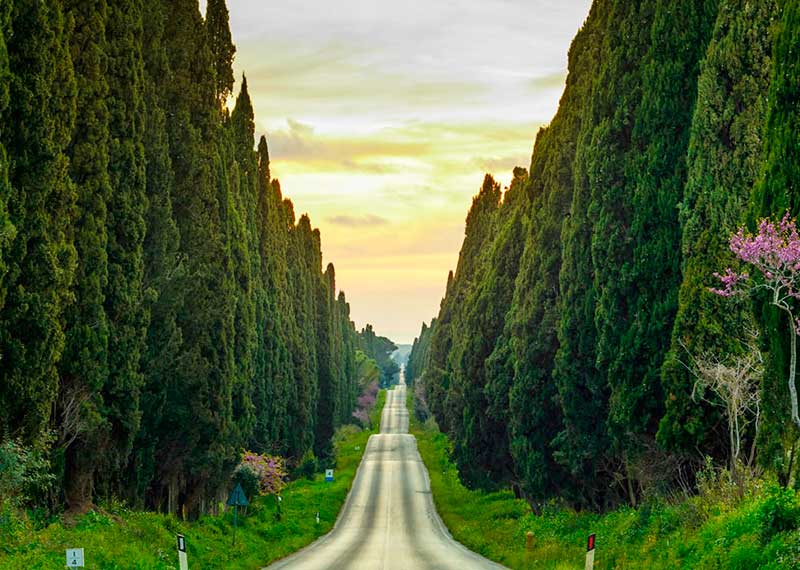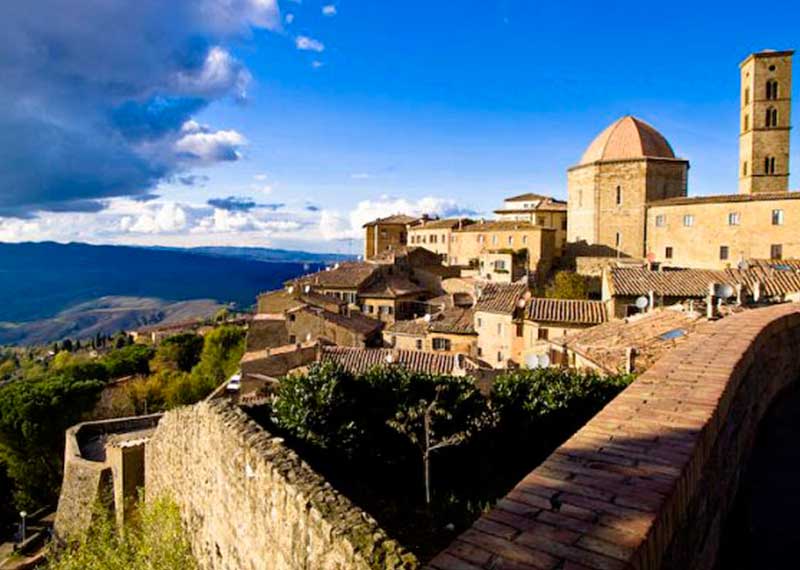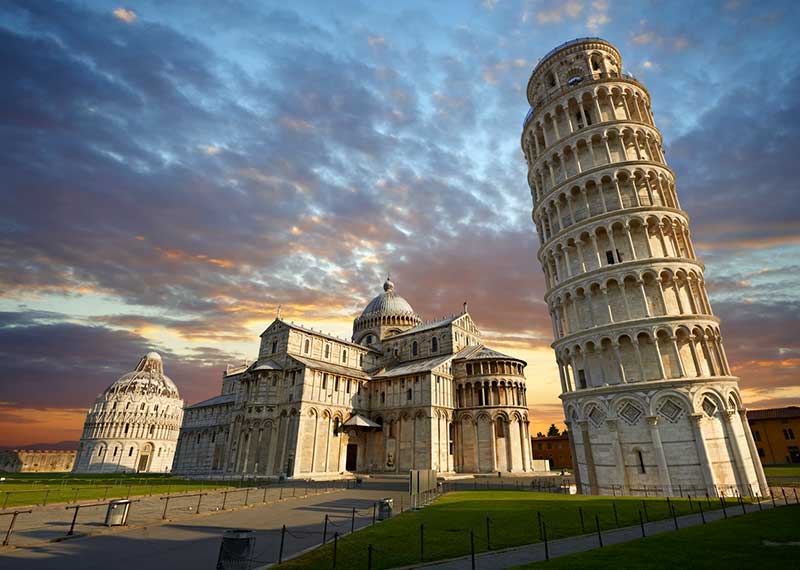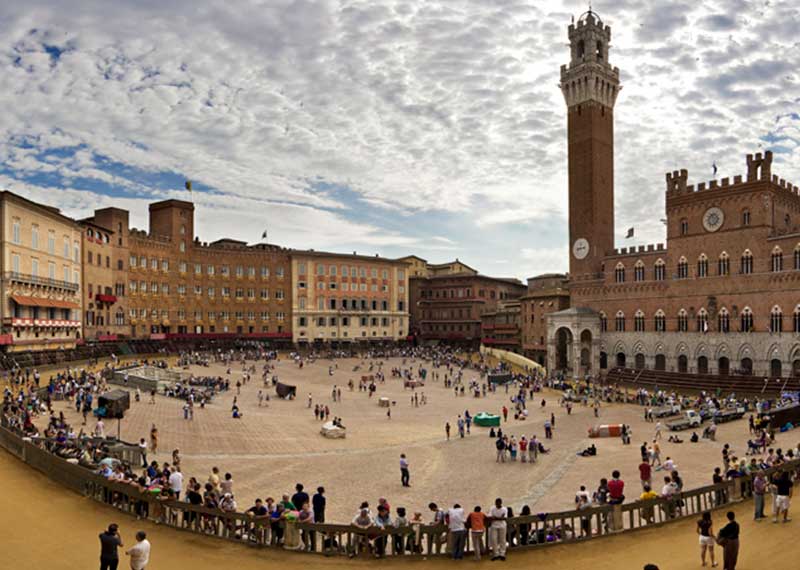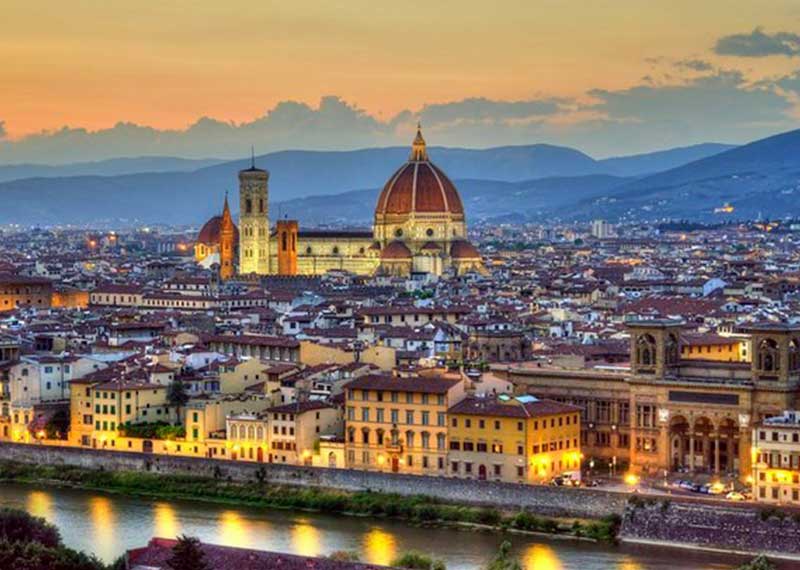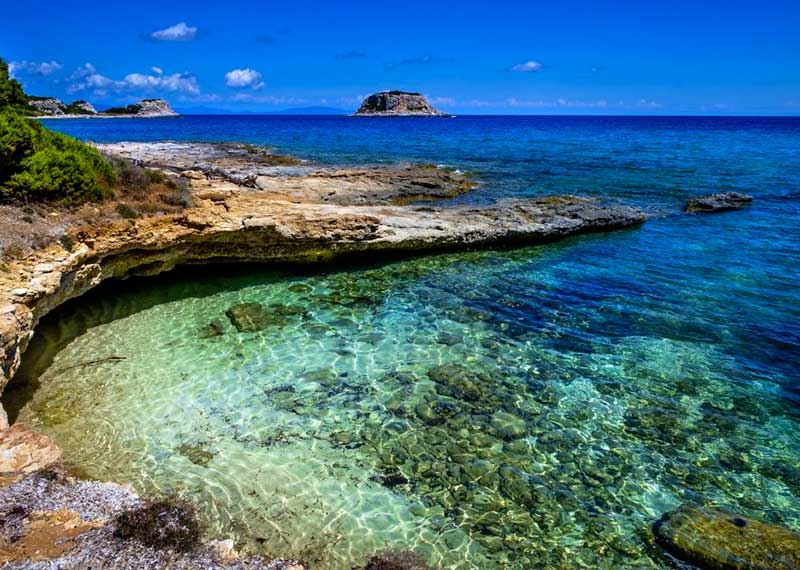Bolgheri is a hamlet of the municipality of Castagneto Carducci which is a few kilometers northwest of the capital. It rises in the center of the Maremma Livornese, on the last propagation of the Metallifere Hills. The characteristic hamlet developed around the medieval castle (extensively remodeled over the centuries) that rises on a modest altitude that can be reached through the impressive Viale dei Cipressi, a five-kilometer long road that begins downstream on Aurelia Street just before the Eighteenth-century Oratory of San Guido: the place was made famous by the verses of Giosuè Carducci in poetry In front of San Guido (1874). In addition, the monumental cemetery where the grandmother of the same poet was buried was located inside the village. Not far from the inhabited nucleus, on an altar almost 400 meters above sea level, stands the fortified nucleus of Castiglioncello di Bolgheri. (Source: Wikipedia) Volterra is a comune (municipality) in the Province of Pisa in the Italian region, in the province of Pisa. The city, renowned for the extraction and processing of the Alba, preserves a remarkable historical center of Etruscan origin (of this time remains the Porta Porta dell'Arco, beautifully preserved; Porta Diana, which keeps the blocks of the jambs; Of the city wall, built with cyclopic blocks of local stone, and numerous hypogeums used for the burial of the dead) with Roman ruins and medieval buildings such as the Cathedral and the Palace of Priors on the homonymous square, the nerve center of the town. The name is naturally of Etruscan origin and later adapted to Latin volterrae. Velathri (ancient Etruscan name of the present Volterra) was part of the Etruscan confederation, called Etruscan dodecapoli or lucumonie. The king (and great priest) was called luchmon (lucumone). (Source: Wikipedia) Pisa The city is located in a densely populated and urbanized territory (called "Pisan area"), which, with the neighboring municipalities of Calci, Cascina, San Giuliano Terme and Vecchiano and Vicopisano, has about 200,000 inhabitants. Among the most important monuments in the city is the cathedral, built in marble between 1063 and 1118, in the Romanesque style of Pisa, with the bronze portal of San Ranieri of Bonanno Pisano And the pulpit by Giovanni Pisano. In the square stands the characteristic 12th-century bell tower, high 56 m high, which gained its characteristic inclination ten years after the beginning of its construction, today one of the most famous Italian monuments in the world. (Source: Wikipedia) The city is known for its great historical, artistic, landscaping heritage and its substantial stylistic unity of medieval urban furnishings. In 1995 its historic center was incorporated by UNESCO into the World Heritage Site. The city is home to the Banca Monte dei Paschi di Siena, founded in 1472 and therefore the oldest bank in business. Siena, situated in the heart of Tuscany and surrounded by hills, is one of the most beautiful medieval cities in Italy. The fulcro of the city is the famous Piazza del Campo, with its special shell shape, where the famous Palio is held, one of the most important events for all Siena. The Palio di Siena is a passionate horse race that takes place every year. In the Middle Ages it was an important cultural, commercial, economic and financial center. In the modern age he was the capital of the Grand Duchy of Tuscany, from 1569 to 1859, with the government of the families of the Medici and Lorena. It was the capital of Italy from 1865 to 1871, after the unification of the country (1861). An important university and UNESCO World Heritage Site is considered the place of origin of the Renaissance and is universally recognized as one of the cradles of art And architecture, as well as renowned as one of the most beautiful cities in the world, thanks to its many monuments and museums - including the Duomo, Santa Croce, Uffizi, Ponte Vecchio, Piazza della Signoria and Palazzo Pitti. There are seven islands in the Tuscan archipelago.
The largest is the island of Elba. The other six islands are also distinguished for particular peculiarities, but are all united by the wild nature of the landscape. The coast is predominantly low and sandy in the stretch between Rosignano Solvay to the north and the Gulf of Baratti to the south, with beaches of generally golden color, with the exception of the coastal stretch between Rosignano Solvay and Vada where the striking White Beaches extend.
To the south, on the other hand, stands the promontory of Piombino, on whose summit Populonia stands, dividing the Gulf of Baratti from the same Piombino, while marking the border between the Ligurian Sea and the Tyrrhenian Sea.
Bolgheri
Volterra
Pisa
Siena
Firenze
Arcipelago Toscano



